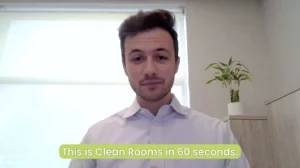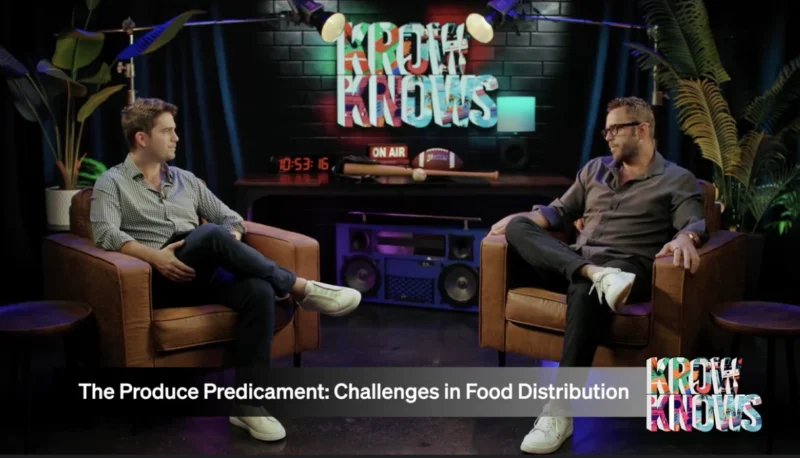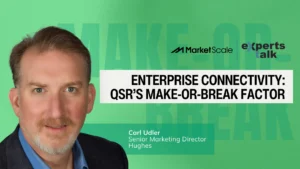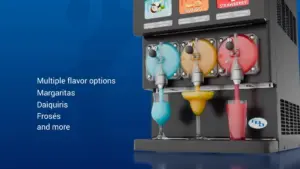How IHOP Can Learn From New Coke
IHOP’s recent much anticipated name change caused a stir among consumers and marketing experts alike. When it was finally announced, after a viral social media campaign, that the “B” that would replace the “P” in IHOP, the internet went wild. The backlash online was swift– and quickly turned into a running joke not only with fans, but with several other fast food marketing departments, as well.
The question with many people remains—why not stick with what you’re good at? Many IHOP fans voiced their hopes for an expansion into the ever-popular brunch industry, among other exciting ideas. Negative feedback from an unexpected product, however, is nothing new for American consumers. Time and again brands seeking relevancy use sometimes radical efforts to improve something that didn’t need improving.
The New Coke campaign of the 1980s is a prime example of a company addressing the wrong problems of a brand. In 1985, for example, the Coca Cola Company had lost about 24% of its market share in the soda industry since World War II. This sharp decline was a direct result of the dramatic increase in sales of Pepsi-Cola as well as the introduction of new “diet” drinks.
The situation left Coke marketing executives scrambling for ways to regain ground in the industry. As a result, the President and VP of Marketing commissioned a project to test a new coke flavor to replace the original. While the surveys conducted were initially positive, taste tests and focus groups increasingly showed contempt over not just the flavor change, but the identity lost with the brand as well.
What many at the company didn’t realize was just how much certain large demographics of consumers connected with Coke. The Coca Cola hotline, which typically receives around 400 calls a day, was swamped with as many as 1,500 calls from customers in such dismay at the change. A psychiatrist hired by the company to analyze the response noted, “ some people sounded as if they were discussing the death of a family member”.[ (The Real Story of New Coke, n.d.) .
As was inevitable, 78 days after the launch of “New Coke,” Coca Cola announced an end to their campaign and returned to using the classic formula while selling the new version separately. As a result, Coca Cola experienced a sales growth at more than double Pepsi’s a mere six months later. The lesson here is that Coke forgot who they were, and they underestimated the importance of that identity to their consumers.
IHOP, in its latest rebranding effort, seems to be making the same mistake. Since the “P” in IHOP stands for “pancakes,” to most of us, IHOP without pancakes is just another diner. If they learn anything from the New Coke debacle, the hope is that they improve upon their bread-and-butter—the breakfast menu and the source of the beloved P in their identity—before tackling the burger menu.
Bibliography
The Real Story of New Coke. (n.d.). Retrieved 6 15, 2018, from The Coca-Cola Company: http://www.coca-colacompany.com/stories/coke-lore-new-coke








